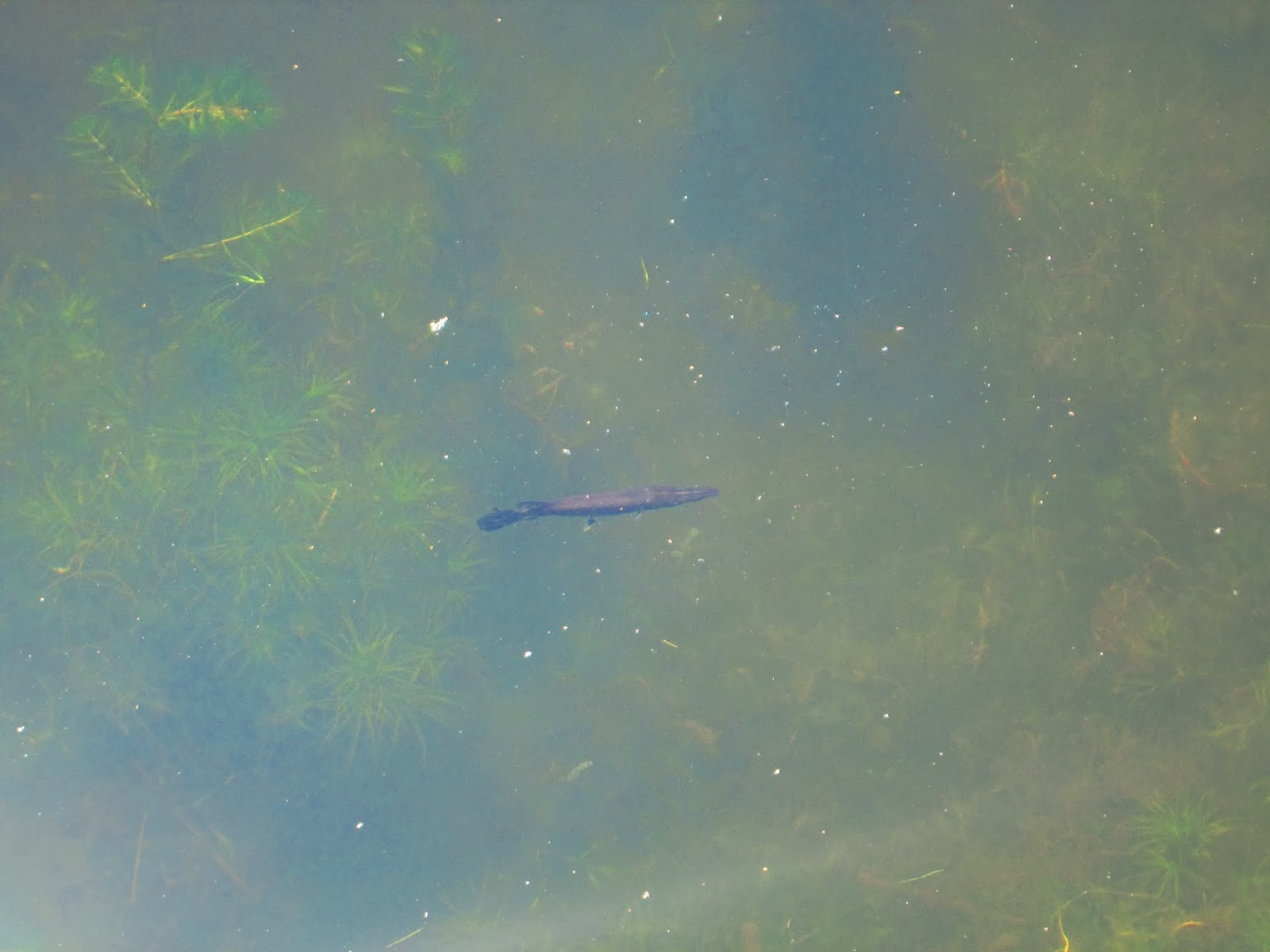This blog is about my encounters with nature and the interesting information that I am learning from them.
Thursday, January 30, 2014
Tuesday, January 28, 2014
Canada Wild Rye (Elymus canadensis)
 |
| Sea of Canada Wild Rye at Midewin National Tallgrass Prairie. |
 |
| Close up of Canada Wild Rye. |
 |
| It is abundant in eastern North America as it likes to grow in many types of habitats with the exceptions of deep woods or very wet soils. |
Monday, January 27, 2014
Lo and behold...... Queen of the Prairie! (Filipendula rubra)
 |
| Queen of the Prairie is a perennial native to eastern and central North America. It likes to grow in moist areas in prairies, savannas, along rivers, fens, seeps, and even woodlands. |
 |
| Queen of the prairie is a majestic plant that towers over other vegetation when in bloom. There are no other plants can be confused with this plant when in bloom. |
Saturday, January 18, 2014
Field Bindweed (Calystegia sepium)
 |
| I am not sure if this is the correct species, but if it is not, someone please correct me! The morning glories in the Illinois region are hard to identify! |
Friday, January 17, 2014
Early Goldenrod (Solidago juncea)
 |
| I am going to first say that identifying goldenrods are very difficult. With that being said, you might want to bring an experienced botanist (por ejemplo yo) along with you to identify goldenrods. |
Saturday, January 11, 2014
Jewelweed (Impatiens capensis)
Dwarf Larkspur (Delphinium tricorne)
Friday, January 10, 2014
Alligator Gar (Atractosteus spatula)
 |
| A baby alligator stocked in early summer at Hennepin and Hopper Lakes in central Illinois. |
 |
| This fish is a very popular sport fish especially for bowfishers. In the South, they are eaten as a delicacy. |
 |
| A school of baby Alligator Gar eat small fish and invertebrates when small, but then move on to eating larger fish, frogs, turtles, waterfowl, or really anything they come by. |
Tuesday, January 7, 2014
Hairy Wild Petunia (Ruellia humilis)
Monday, January 6, 2014
Compass Plant (Silphium laciniatum)
 |
| Compass plant is a hardy perennial plant native to North American mesic prairies and savannas. |
 |
| Compass plants in Midwein National Tallgrass Prairie. |
 |
| It is a very graceful plant that can reach over 10ft tall, but is usually around 7-9 feet tall. Compass plants are often referred to as the skyscrapers of the prairie because of their height. |
 |
| Compass plant in full glory in the afternoon sun. They have attractive flowers and fern-like leaves. |
 |
| Compass plants look a lot like sunflowers because they are in the same tribe, Heliantheae. They are sometimes cultivated in home gardens because they are quite attractive. |
Sunday, January 5, 2014
Late Boneset (Eupatorium serotinum)
 |
| Late Boneset is hardy perennial plant native to eastern North American prairies. It likes to grow in moist prairies, along the edges of streams, swales, and other wet areas. |
 |
| The flowers occur in groups and lack ray flowers. |
 |
| It is a very attractive plant when in large groups. Truly beautiful in the morning sun. |
 |
| The flowers are characterized by small and white with a long style protruding from them. |
 |
| The height of the plant is determined by its moisture level. |
 |
| It is a plant that is very showy when it is in large groups and creates a magnificent display. |
 |
| This plant is very important to many insects such as bees, butterflies, wasps, flies, moths, beetles, and others. |
 |
| This eupatorium can be distinguished from the other white flowering eupatoriums by its very serrated leaves. |
Subscribe to:
Comments (Atom)


.JPG)










